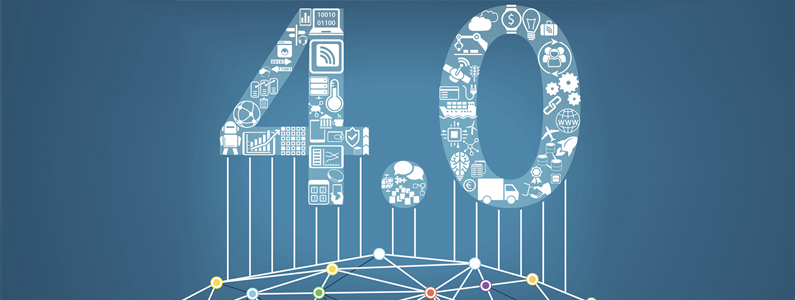Context
The recent past has witnessed a lot of buzz around “Industry 4.0” or originally “Industrie 4.0” as the Germans coined it. To the uninitiated, Industry 4.0 aims to create a new paradigm, where machines, shop floors and humans work with each other in a seamlessly connected ecosystem. Technologies such as cloud, internet and advanced IOT sensors drive interactions and collaboration. The shopfloor as we know it is set to change!
Challenges
Global manufacturing faces several challenges resulting from surging demand from consumers, a volatile economic ecosystem and ever increasing cost pressures. We live in a consumer driven world. The need to continuously deliver more value to consumers, more frequently and with shorter lead times is of paramount importance to the manufacturer.
In addition to innovation, Quality and Reliability play a huge role in any product. Any defective part that hits the market can bear serious consequences to the credibility and sales of the enterprise.
To address these challenges more effectively through an early market feedback, manufacturers are moving closer to the end users. This facilitates improved turnaround times, better serviceability and lesser inventory.
However, labour related challenges remain. Availability of skill, running cost of labour, attrition are just some of the ailments plaguing the manufacturing industry.
Solution
Intelligent factories may yet be the answer! Automation will determine the success of the factory of the future. While initial trends in industrial robotics lean towards collaboration between the human workforce, robots and machines, Industry 4.0 itself visualizes a scenario where robots and machines communicate and collaborate with other machines on the shopfloor. In other words we are in the midst of a new industrial revolution. Robot manufacturers are presently delivering Cobots. However, most of these Cobots are a generation behind to be truly Industry 4.0 ready.
There is ample historical precedence for such a large scale change in the industry. Let us consider the case of steam engines and the use of hydro-power revolutionized production. In the late 19th century, we saw the rise of electrical engineering and mass production. It’s here we saw one of the first conveyor belts as far back as 1870. In the mid to late 1900’s, electronics and information technology began to expand rapidly into various industries, production was completely based on computer semantics and programming. What we now anticipate in Industry 4.0 is another chapter of Industrial Revolution, playing out over the next decade.
Technology
In an intelligent factory, everything is interconnected wirelessly. The integral components of such a factory are high-end IOT chips, advanced robotics, big data analytics and AI to name a few. These are mostly referred to as cyber physical systems. A key feature of these systems is their ability to communicate with each other and also have the ability to control each other cooperatively. The aim being, to digitize and decentralize the production process.
In Conclusion
The implementation of Industry 4.0 results in decreased running costs, resource efficiency, customer orientation and automated reporting. At Systemantics, our robots are built and designed with the future in mind. Our robots the ASYSTR400 & the ASYSTR600 are Industry 4.0 ready with built-in IOT modules that can be directly integrated into a smart factory. Do get in touch with us to know more about our robots and technology.


